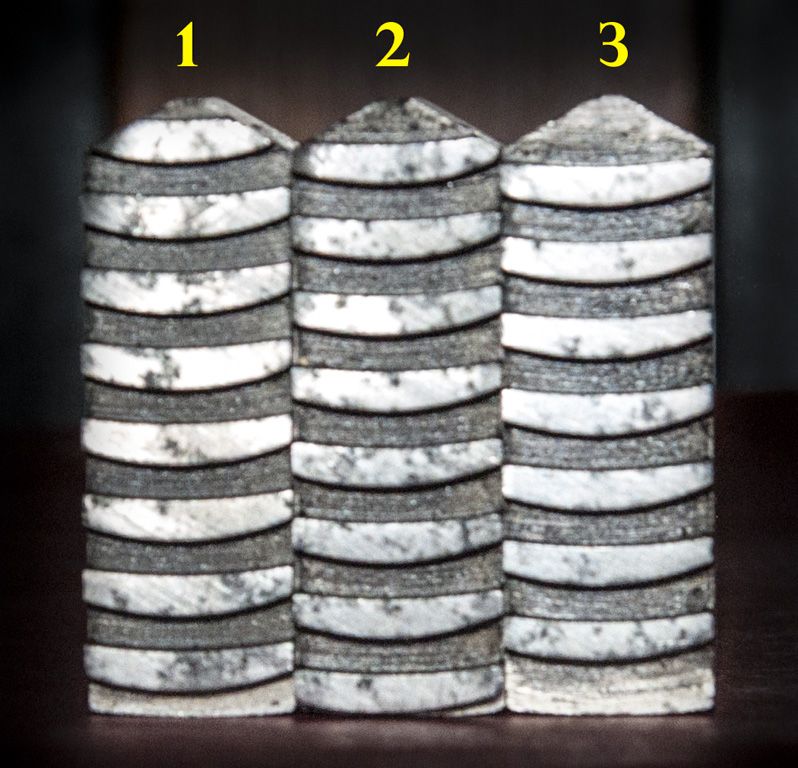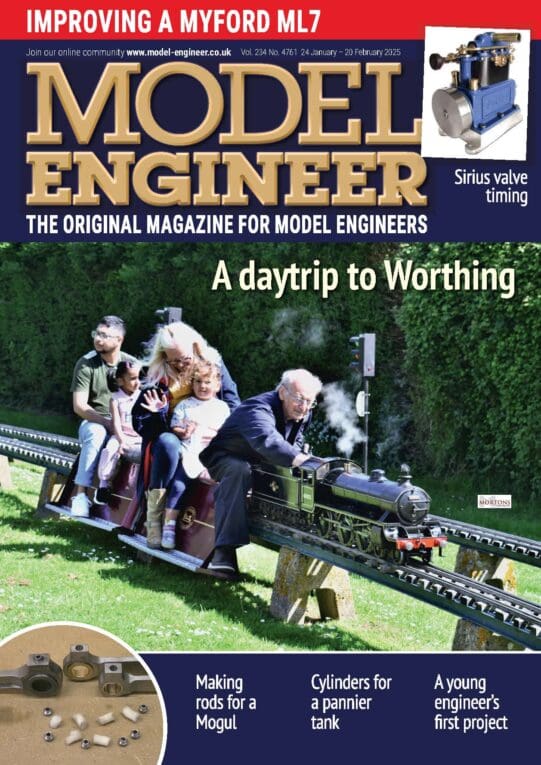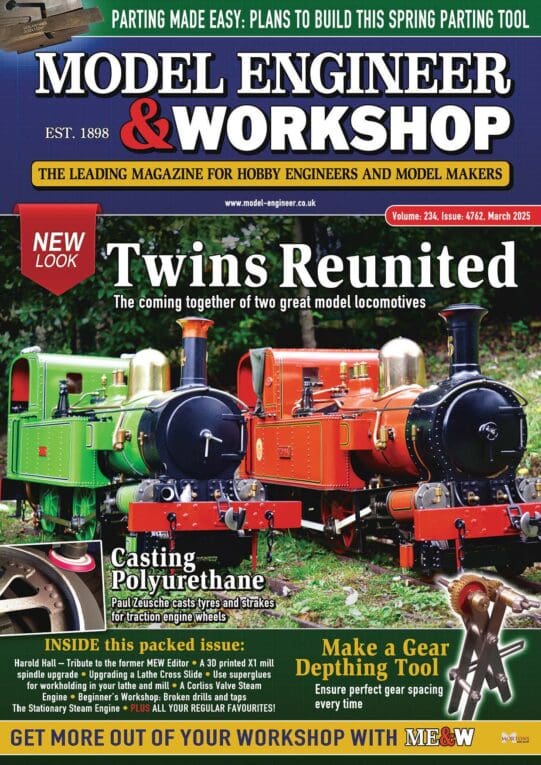Stuart ‘Victoria’ : a beginners tale..
Stuart ‘Victoria’ : a beginners tale..
- This topic has 431 replies, 37 voices, and was last updated 6 April 2014 at 10:31 by
GarryC.
- Please log in to reply to this topic. Registering is free and easy using the links on the menu at the top of this page.
Latest Replies
Viewing 25 topics - 1 through 25 (of 25 total)
-
- Topic
- Voices
- Last Post
Viewing 25 topics - 1 through 25 (of 25 total)
Latest Issues
Newsletter Sign-up
Latest Replies
- How Would I Machine this CAD designed Ratchet
- DRO Origin Setting
- WM14 mill/drill gears
- What’s this for…no.2?
- Recommended books for starting model engineering
- Myford ML10
- Unimat SL renovation – any tips?
- What’s this for?
- Which “silent” air compressor shall I get?
- Taylor Hobson cutter grinder modificaton








































